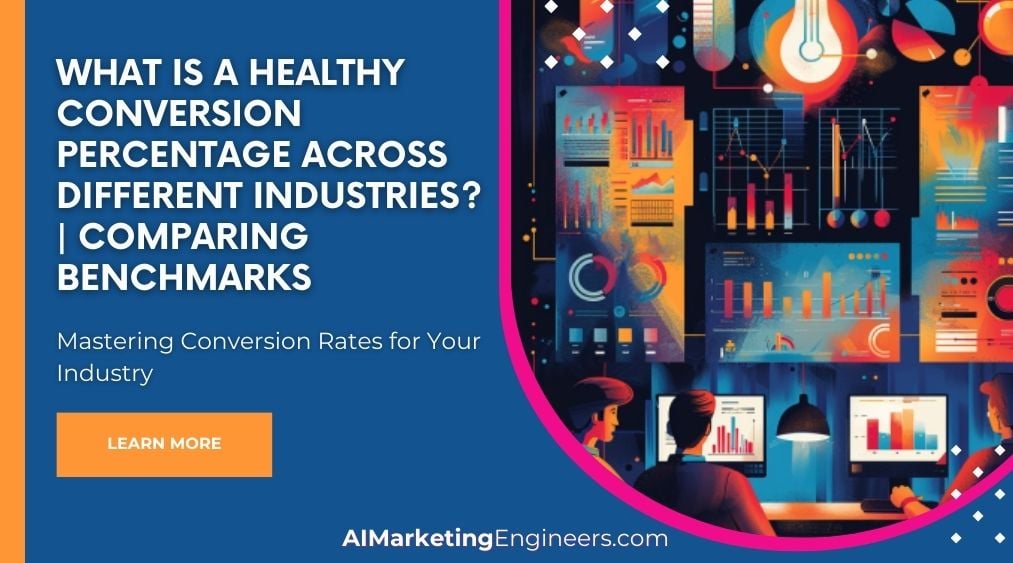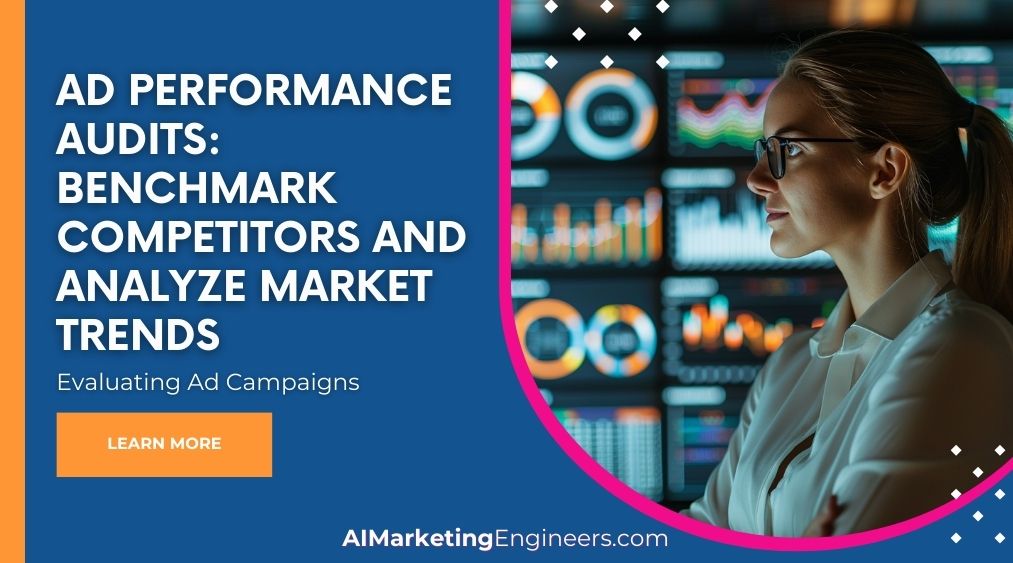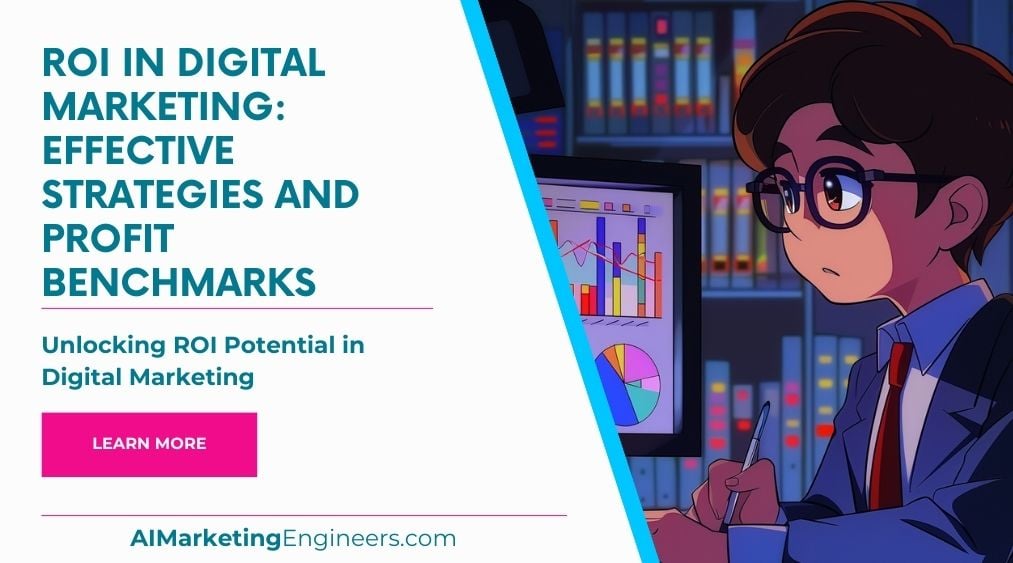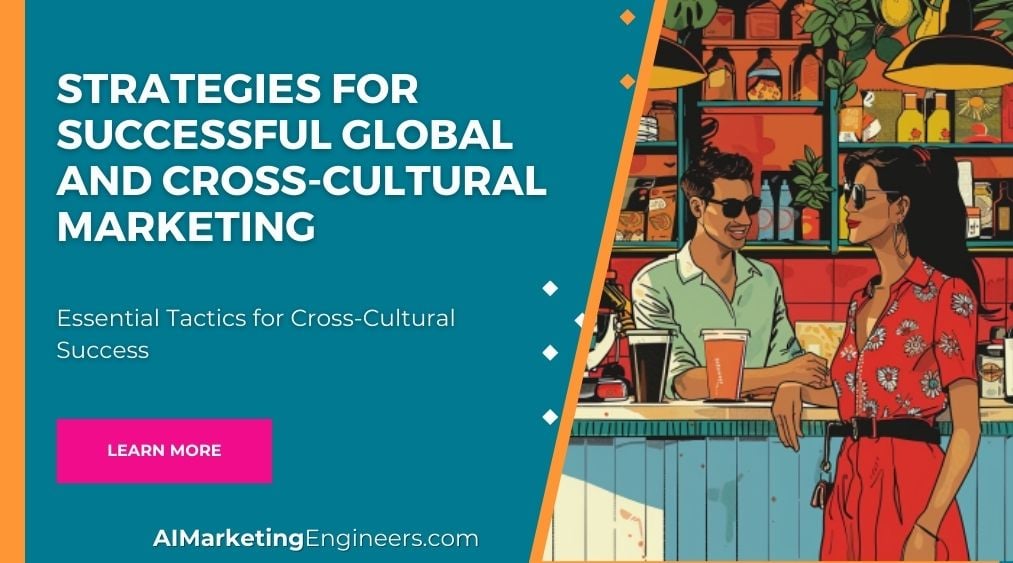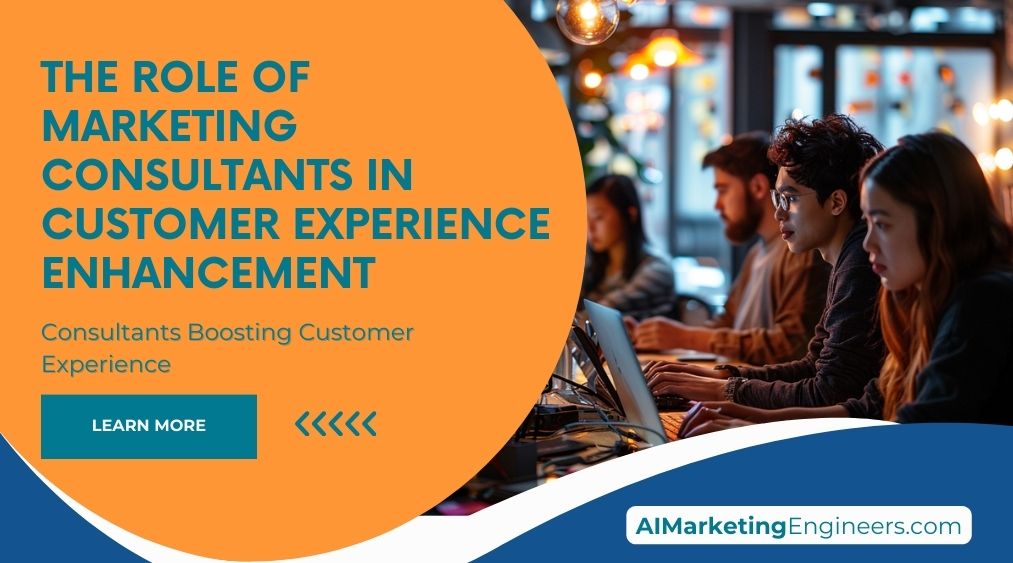Key Takeaways
✅ Average Conversion Rates Vary Widely by Industry: General industry sees a conversion average of 2.6% to 3.2%. Notable variations exist with industries like automotive and real estate often experiencing higher rates. E-commerce segments such as fashion may see rates from 1.01% to 2.20%, while health and wellness can reach up to 4.20%.
✅ Conversion Rates Depend on Marketing Channels: Channels like paid search typically hit an average of 3.2%. The power of social platforms is evident with Facebook achieving a 9.21% conversion rate. Email marketing and direct traffic can significantly fluctuate, making tailored strategies essential.
✅ Understanding Industry Benchmarks is Crucial for Improvement: Knowing the playing field can define the game—set realistic targets and spot areas needing a push. Benchmarks guide the optimization of your marketing drive, propelling your performance forward. Keep a finger on the pulse of your conversion rates; it's a vital sign of your competitive health.
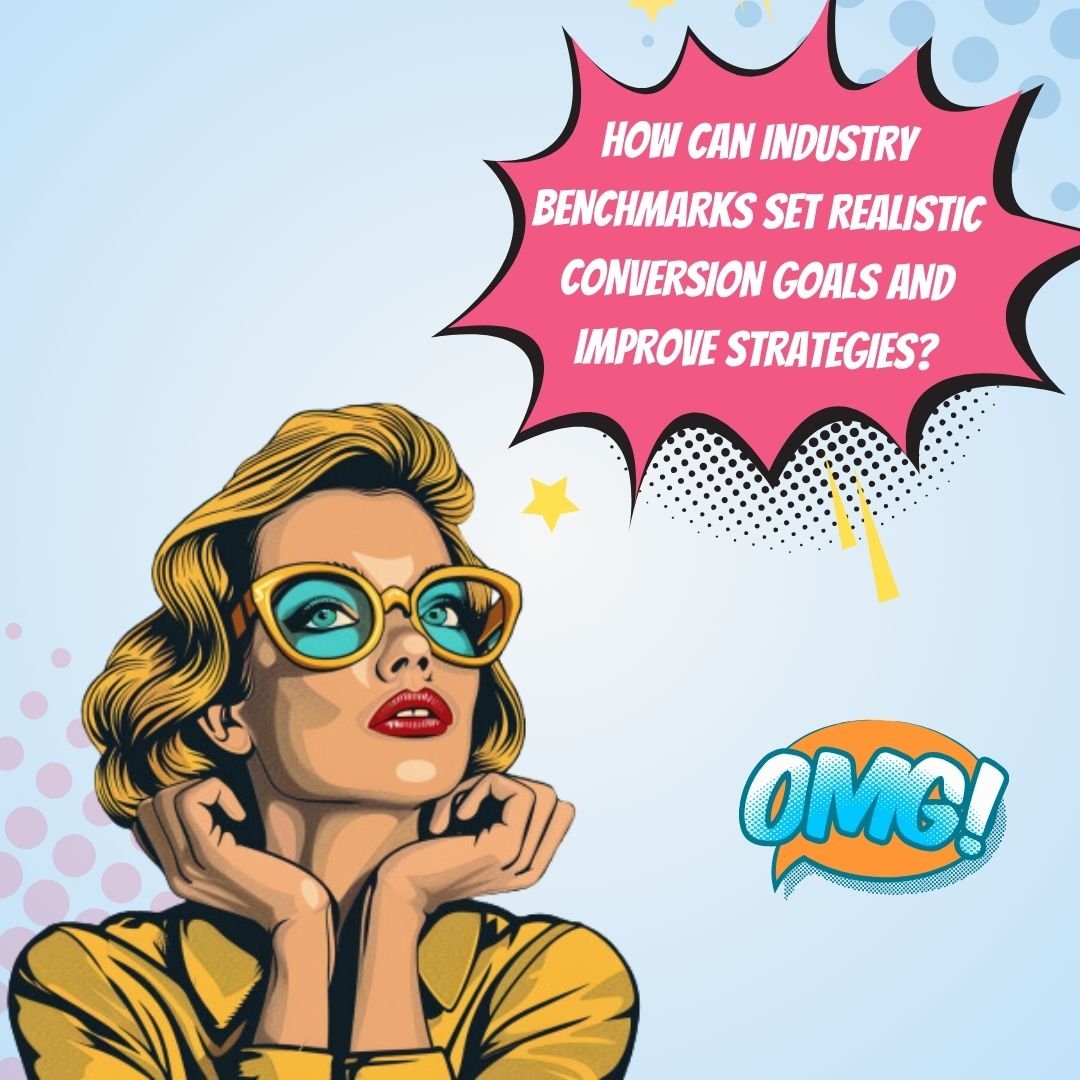
Introduction
Have you ever wondered what a good conversion rate looks like for your industry? How do you stack up against the competition, and more importantly, how can you improve? Conversion rates are the lifeblood of the e-commerce world—they turn browsers into buyers, and interest into income. But just like no two industries are the same, conversion rates can vary dramatically from one market to the next.
From the giant virtual storefronts of e-commerce to the analytical world of Google Ads, each segment has its own story to tell. With conversion rates ranging from the excitement of a 3.65% average in e-commerce to the lower yet focused percentages in B2B Tech, understanding these numbers is more than a matter of curiosity—it's a strategy for success.
In navigating these waters, a spotlight on channels like Social Media and Paid Search reveals a tapestry of opportunities and challenges. Factors such as product type, traffic source, and even the device can sway your rates like the winds. But worry not; with insightful strategies and an eye on modern trends, you can steer your business toward greater ROI and revenue.
Step into an ocean of insights as we break down conversion rate benchmarks by industry, and offer actionable tips to pump up your performance. Whether you're paddling in the shallows of startup land or navigating the depths of an established business, you're bound to find something valuable here. Let's set sail!

Top Statistics
| Statistic | Insight |
|---|---|
| Global Average Website Conversion Rate: 3.68% | This number provides a baseline for businesses to gauge their website's performance against a global average, aiming for higher engagement and sales. |
| Average Ecommerce Conversion Rate: 2.03% | Ecommerce stores need to benchmark this figure to ensure they're competitive and to uncover areas for potential gain in a digital marketplace. |
| Social Media Conversion Rate: Facebook at 9.21% | Focusing on the right social platforms can lead to substantially higher engagement, as seen with Facebook's impressive conversion performance. |
| Email Marketing: 8.93% (average email click-through rate) | Email campaigns remain highly effective, this high click-through rate suggests a direct line to consumers that marketers cannot afford to ignore. |
| Food and Beverage Industry Conversion Rate: 3.7% | For those in the food and beverage industry, a conversion rate of 3.7% sets a solid target when evaluating campaign success and customer purchase behavior. |
Understanding Conversion Rates: Why Do They Matter?
When we talk about conversion rates, we're discussing the percentage of visitors to a website who complete a desired goal out of the total number of visitors. In the world of ecommerce, this typically means making a purchase. It's a crucial metric because it gives insight into the efficiency of your online presence and strategy. Interestingly, these rates aren't one-size-fits-all; they can widely differ depending on your industry.
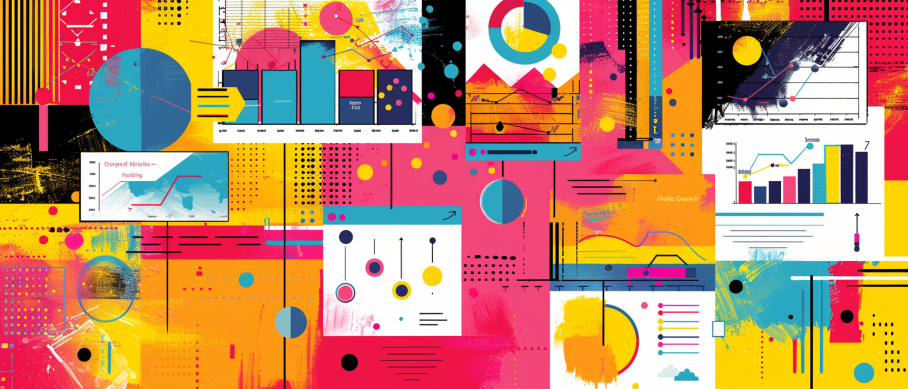
E-commerce: From Fashion to Home Goods
Diving into ecommerce, did you know the average conversion rate is about 3.65%, according to Adobe? That said, each niche tells a different story. Fashion and apparel sites see rates hover between 1.01% and 2.20%, thanks to Invesp's data. Health and beauty products fare a bit better, with Adobe reporting an average of 3.3%. Meanwhile, entertainment-related ecommerce settles around 2.5%, and household goods slightly lower at 2.1% - still a significant piece of the digital pie.
Google Ads: A Search and Display Dichotomy
With Google Ads, there's a split story. The search network boasts a healthy average of 3.75%, while the display network lags behind at just 0.77%. If we look at specifics, apparel achieves a 2.77% success rate in search but falls to 0.58% on display. Arts & Entertainment's high engagement on the search network shows with a strong 4.51%, and even niche markets like Business & Industrial command a 3.71% in search, though plummet to 0.29% in display.
B2B and Professional Services: Contrast in Conversion
Going beyond consumer-focused industries, Professional Services and Finance fields often outdo others with impressive conversion numbers. On the flip side, B2B Tech and B2B eCommerce segments might find the going tougher, recording some of the lowest average conversion rates. It's a competitive scene where every decimal point increase can signal significant revenue changes.
Social Media to Referrals: Channel Impact on Conversion
Channels where your ads are placed can make or break the conversion. Social Media channels have varied performance - Facebook sits proudly at the top with a surprising 9.21% conversion rate. Instagram and Pinterest, however, tell a more humble story, managing rates of 1% and 1.16%, respectively. What about Paid Search and Referral traffic? They continue to be reliable avenues, with respective rates at 3.2% and 2.9%, as per Ruler Analytics.
What Influences Your Conversion Rate?
Remember, various factors might adjust your conversion expectations. Product Type and the Product Cost or Average Order Value are heavy hitters. The Traffic Source and whether the user is on a Mobile, Tablet, or PC can dramatically affect outcomes. Let's not forget the Platform used; Windows, Mac, iOS, Android, these can all influence behaviors. And geography plays a part; your Location can dictate purchasing habits and accessibility.
In closing, while these numbers provide a baseline, remember that conversion rates are as diverse as the products and the markets they inhabit. Comparing benchmarks is just the beginning. It's understanding these differences and adjusting tactics accordingly that will pave the way to ecommerce success. After all, what's good for the fashion enthusiast may not apply to the tech aficionado. Are your conversion rates matching up to these industry standards? If not, it might be time to explore new strategies to boost those critical numbers.
AI Marketing Engineers Recommendation
Recommendation 1: Set Realistic Conversion Goals Based on Industry Averages: A healthy conversion rate can largely depend on the industry. For instance, data from Wordstream suggests that the average conversion rate for e-commerce is around 1.84%, while the legal industry boasts a higher rate, often exceeding 2.07%. However, the top 10% of Google Ads advertisers often achieve rates upward of 11%. It's crucial to establish conversion goals based on these industry-specific benchmarks while considering the unique aspects of your business. This will allow you to create more tailored strategies that are ambitious yet attainable.
Recommendation 2: Focus on Enhancing Customer Experience to Boost Your Conversion Rate: Given the competitive digital landscape, a seamless customer experience is essential. In fact, Salesforce reports that 84% of customers say the experience a company provides is as important as its products and services. Address friction points in your customer's journey - whether it's on your website, in your checkout process, or within your sales funnel. By analyzing current trends that stress the importance of user experience, invest in website optimization, clear messaging, and personalized engagement to not only meet but exceed customer expectations, which can lead to higher conversion rates.
Recommendation 3: Leverage A/B Testing Tools to Continually Improve Conversion Rates: Beyond relying on general benchmarks, it's crucial to use a/b testing to find what works specifically for your audience. Tools like Optimizely, VWO, or Google Optimize allow you to test different elements of your web pages or marketing materials to see which versions convert the best. By regularly testing and optimizing your calls-to-action, headlines, images, and other content, you can make data-backed decisions that increase your conversion rates over time. This kind end’s user-centric approach can keep your strategies fresh and aligned with what really resonates with your potential customers.

Relevant Links
- Revolutionize Your Digital
- Marketing with AI
- Mastering SEO for Baidu: Tips for Visibility in China
- Unlocking Consumer Behavior with Analytics in China
- The Power of Performance Marketing in India
Conclusion
In the dynamic terrain of digital marketing, nothing speaks louder than cold, hard numbers. Understanding conversion rates isn't just about having a finger on the pulse of your own performance; it's a window into the vast and varied landscape of industry norms. Industry-specific conversion rates aren't just figures; they are beacons that guide businesses toward realistic goals and inform strategies. It's fascinating to see how a fashion retailer's victory at a 2% rate can be a health and beauty brand's cause for concern at the same rate.
This isn't just about number crunching; it's about context. Pinpointing your place on the spectrum—from the respectable 3.65% average in ecommerce to the triumphant highs in professional services—helps direct your focus on what truly matters in optimizing conversion rates. Are you leveraging the right channels? For instance, it's hard to ignore the striking 9.21% conversion potential that Facebook boasts. Are you pacing appropriately with the quickening clickthroughs on mobile and the steady reliance on PCs?
The statistics and trends we've traversed aren't mere placeholders in a spreadsheet. They're the footprints of customer journeys that can tell you where the market stands and where your methods might be falling short. As we've seen, factors like traffic source, device preference, and even geography come into play, affecting how browsers turn into buyers.
Closing this exploration of conversion percentages, let's not just chase numbers but understand the stories they tell. With this knowledge, arm yourself with targeted, data-driven initiatives. Reach beyond the 'average' and craft experiences that convert browsers into loyal customers, because when it comes to success in the digital marketplace, knowing your benchmarks is only the beginning.

FAQs
Question 1: What is a conversion rate?
Answer: A conversion rate is the percentage of users who take a desired action, such as making a purchase or signing up for a newsletter, out of the total number of visitors.
Question 2: What is the process of conversion rate optimization (CRO)?
Answer: CRO involves improving the percentage of website visitors who complete a desired action, like making a purchase or filling out a form.
Question 3: What is a good conversion rate for e-commerce?
Answer: The average e-commerce conversion rate is approximately 1.81%, with specific sectors like fashion at 2.7% and health and beauty at 3.3%.
Question 4: What is a good conversion rate for B2B sectors?
Answer: B2B conversion rates generally range lower due to the complexity of transactions, with industries like construction seeing rates around 1.9%.
Question 5: What is a good conversion rate for landing pages?
Answer: The average landing page conversion rate across various industries is 4.02%, with higher education at 2.6% and vocational studies and job training at 6.1%.
Question 6: What is a good conversion rate for websites?
Answer: Good conversion rates for websites can vary, but moving from less than 1% to between 2% and 5% is considered quite good.
Question 7: How do purchase decision complexity and marketing strategies impact conversion rates?
Answer: Higher-value items with longer research phases tend to have higher conversion rates, and effective marketing strategies can significantly impact rates.
Question 8: How do product demand and pricing strategies influence conversion rates?
Answer: Product demand and how competitive your pricing is critically influence conversion rates.
Question 9: How does website experience impact conversion rates?
Answer: The usability and overall experience of a website directly affect the likelihood of users taking the desired action.
Question 10: How do you set realistic goals for conversion rate optimization?
Answer: Base your goals on industry benchmarks and consistently track them to measure your progress.
Question 11: How do you identify areas for improvement in conversion rates?
Answer: Look at how you stack up against industry benchmarks and scrutinize user experience, value proposition, and marketing tactics for potential improvements.
Question 12: How do you measure the effectiveness of conversion rate optimization strategies?
Answer: Compare your conversion rates to industry benchmarks over time to assess the impact of your optimization efforts.
Question 13: What are some common conversion goals?
Answer: Common conversions include signing up for emails, downloading free resources, registering for webinars, and responding to offers.
Question 14: What is a conversion funnel?
Answer: It's a visual representation of the journey people take from first finding out about your brand to engaging in a conversion activity.

Academic References
- Supliful. (2023). Average Conversion Rates Across Various Industries. Suppliful's comprehensive analysis sheds light on prevailing conversion rates across diverse market sectors, offering a benchmark for businesses seeking to gauge their online performance relative to industry standards.
- Invesp. (2024). The Average Website Conversion Rate by Industry. Invesp provides an updated and detailed insight into how different industries fare in terms of conversion rates, highlighting the evolving trends and consumer behaviors that influence these metrics. This report serves as a vital resource for companies aiming to understand their position in the digital marketplace and optimize accordingly.
